That greenery boosts your health in ways you probably don’t even realise. Plants are kind of having a moment right now. Take one quick scroll through Instagram and you’ll see beautiful interiors covered in leafy vines, hanging plants, spunky succulents, and trees that liven up every corner of a room.And there’s a reason why everyone is so obsessed with greenery: Indoor plants improve your mental and physical well-being in ways you probably didn’t even realise. Ever wonder why you feel like you can breathe easier, focus better, and simply be happier in a room full of nature? Well, turns out these perks have existed long before our seemingly newfound appreciation for lush spaces. Here, horticulture experts explain how houseplants improve our everyday lives, from boosting our environment to helping us heal faster.

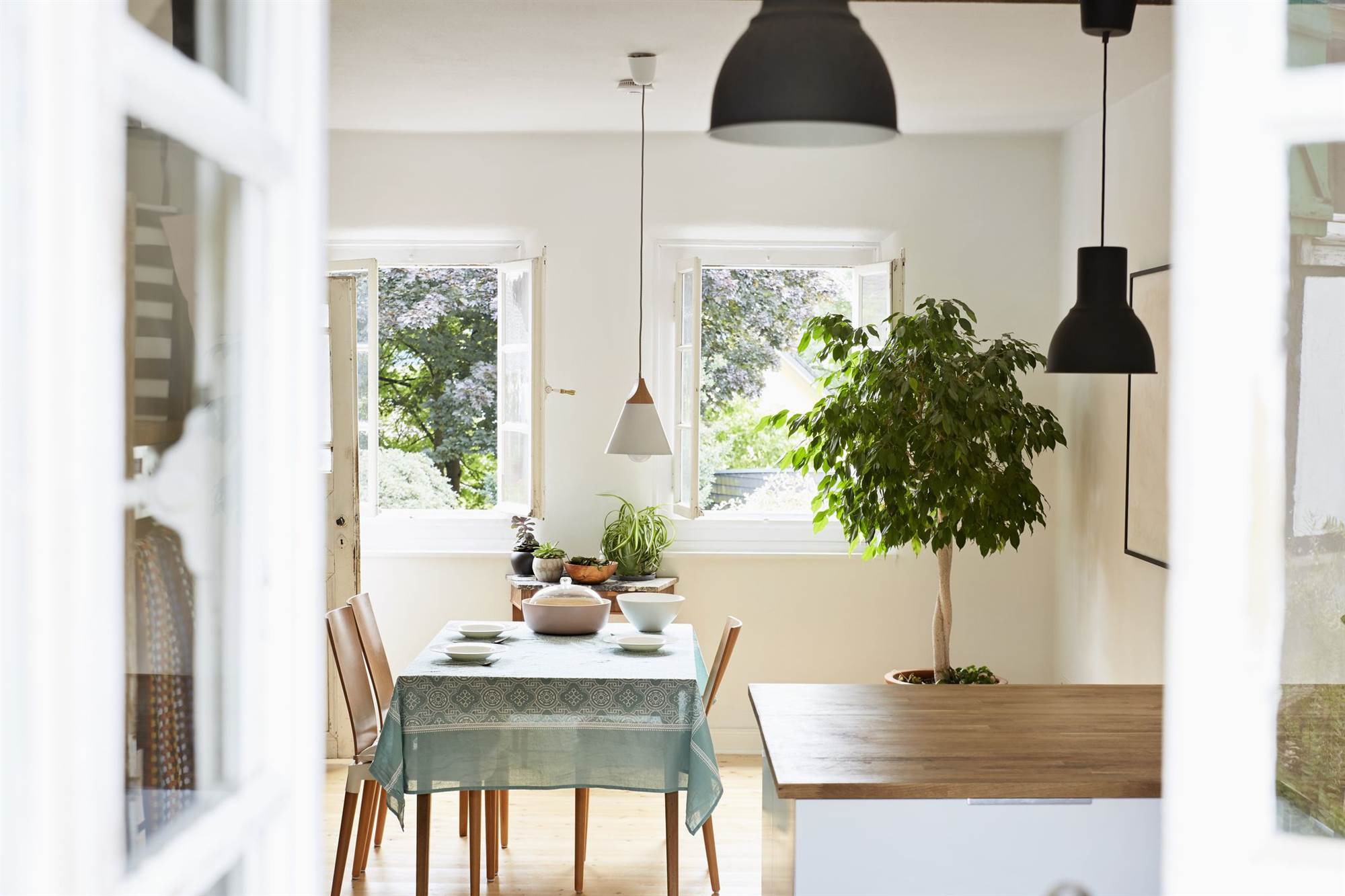
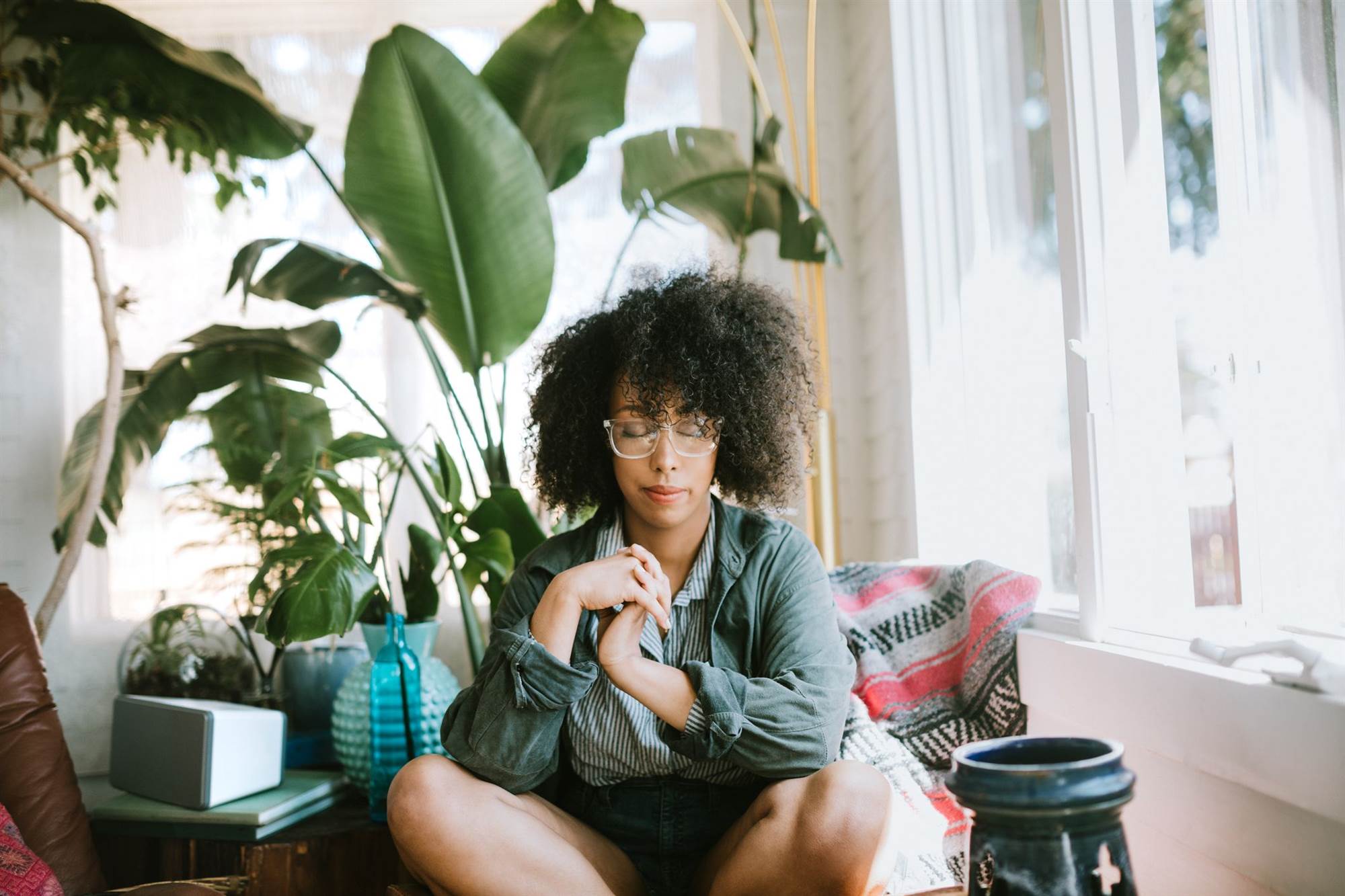
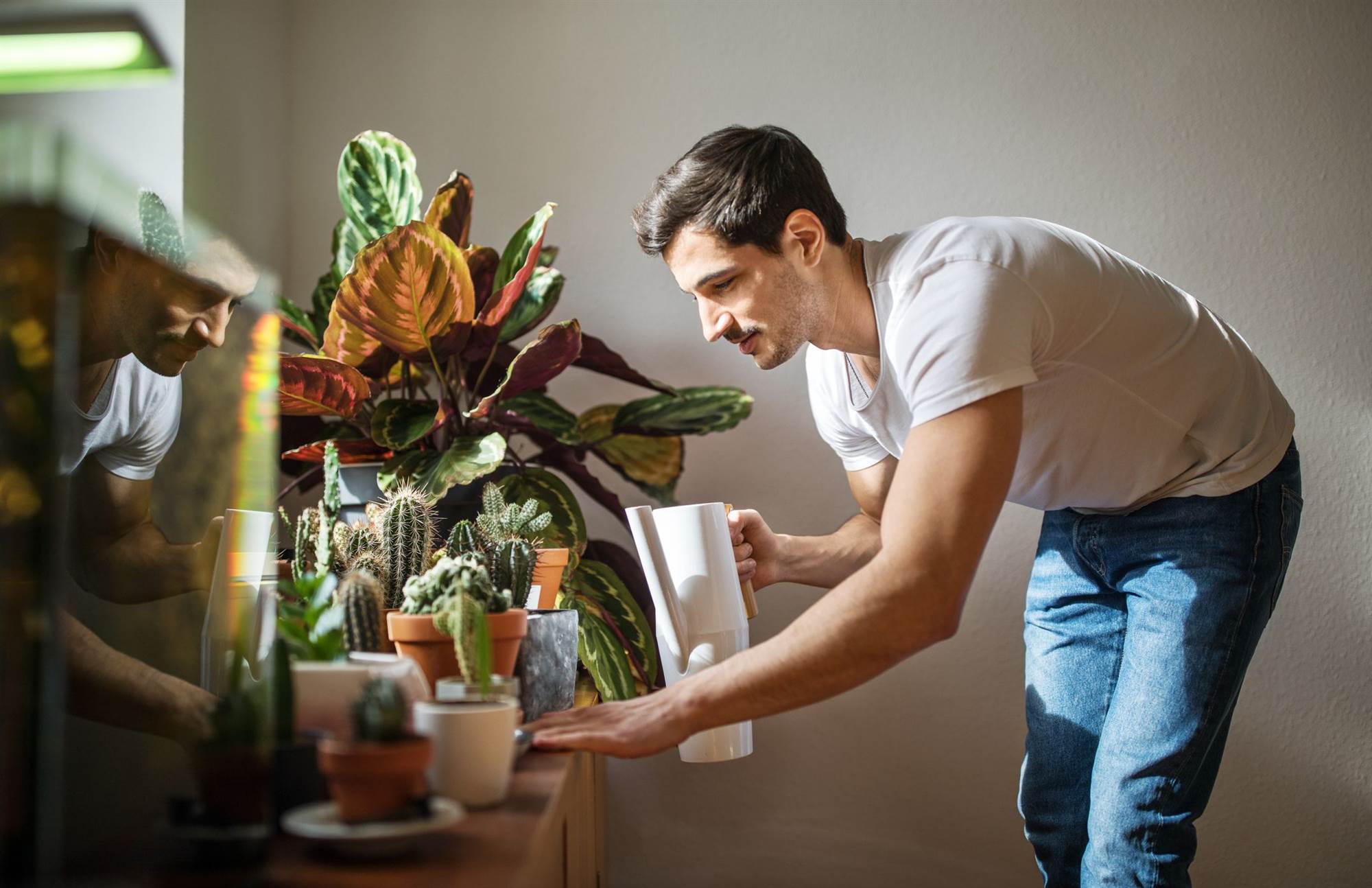
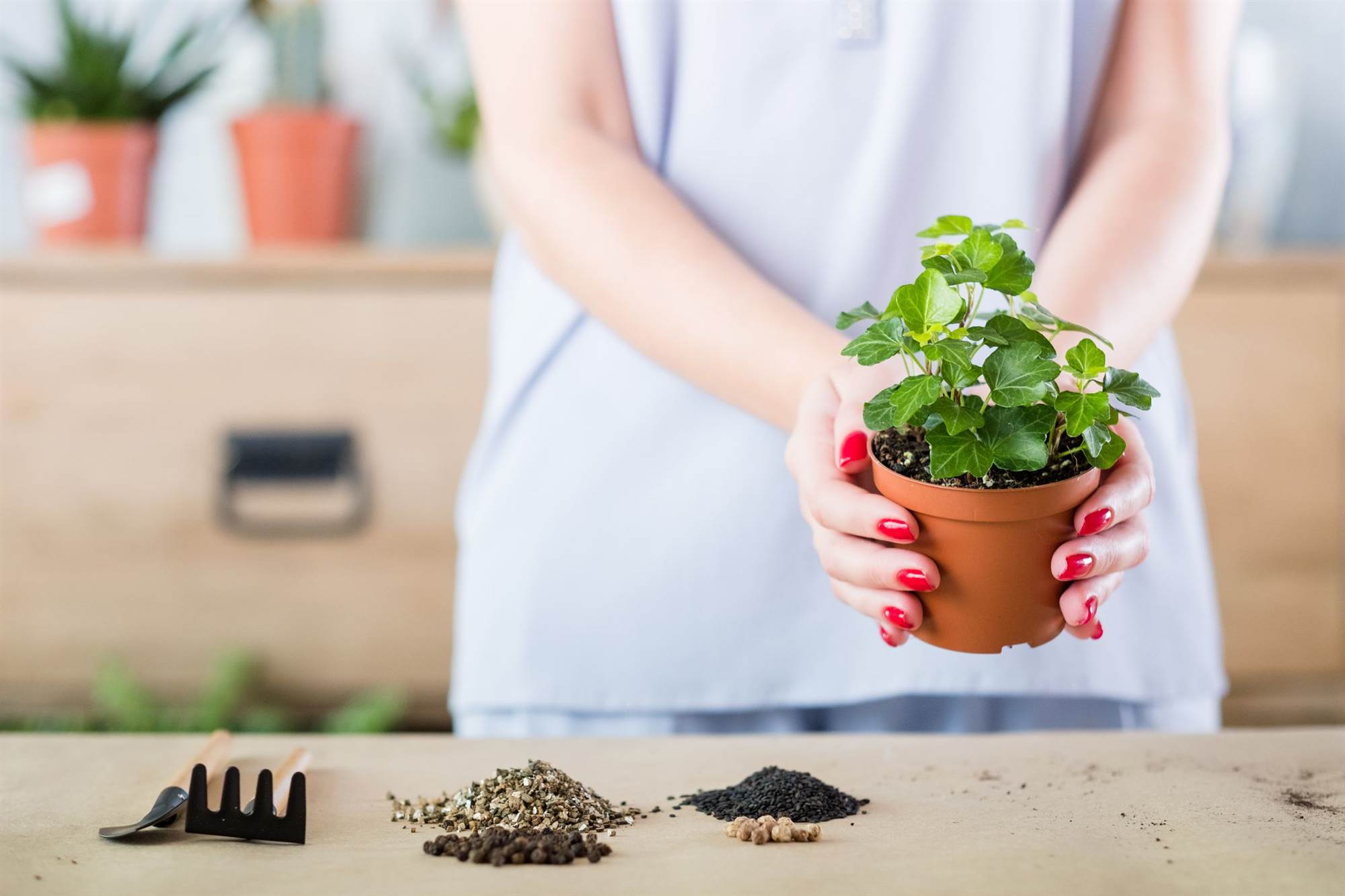

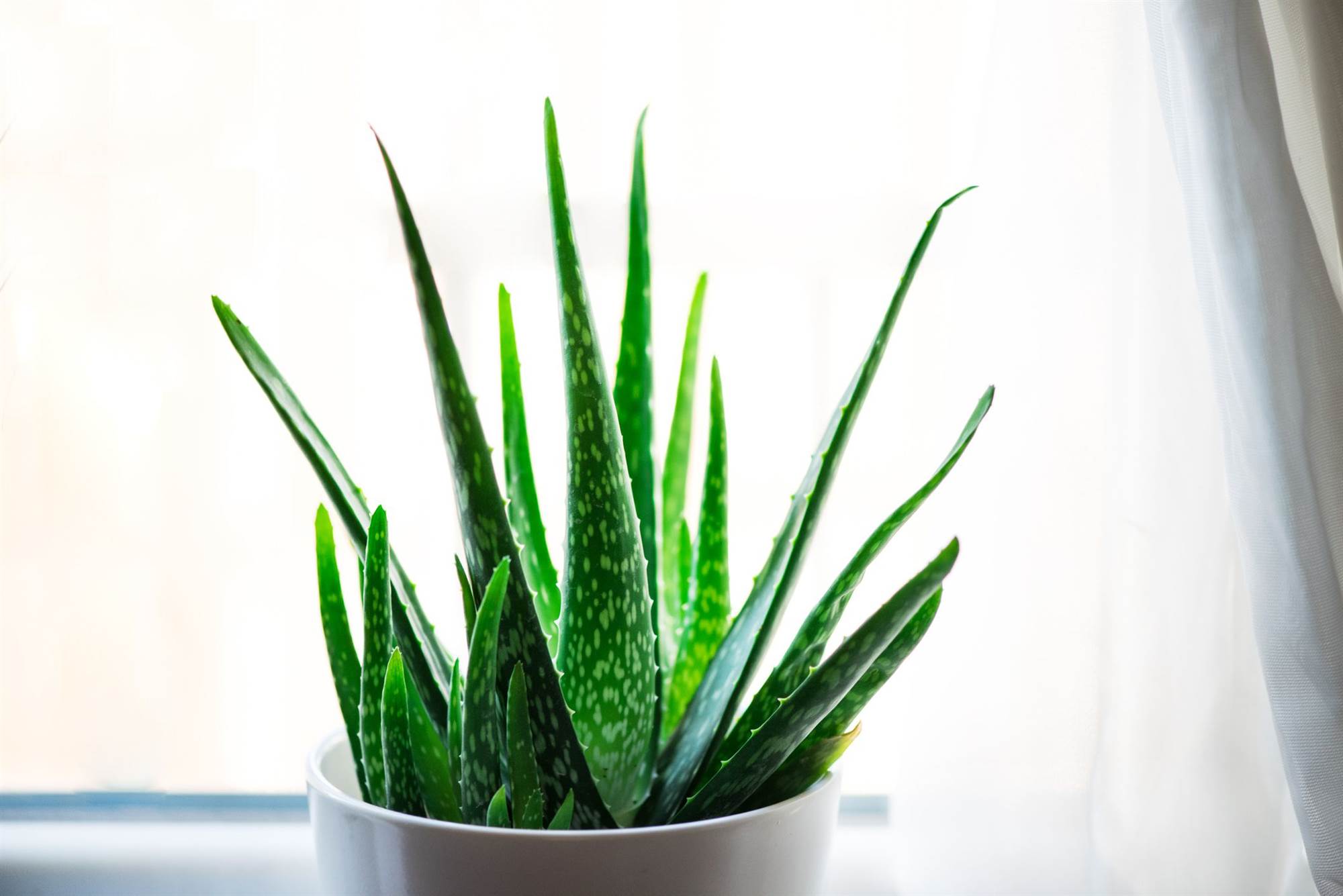

sagarmanis ©Getty Images
1) You’ll breathe better air.
Research shows that indoor plants help rid the air of common toxins and indoor pollutants such as formaldehyde and benzene. In fact, one study found that the bromeliad plant removed more than 80 percent of six volatile organic compounds (out of eight studied) in a 12-hour period, while the dracaena plant removed 94 percent of acetone (the pungent compound in many nail polish removers).
“The air purification ability of plants depends on factors such as size of the plant, size of the indoor space, and amount of toxins in the air, but 6 to 8 medium to large plants throughout a large room should be enough to make a noticeable difference in the air quality,” says horticultural therapist Gary Altman. “To help plants perform their best, keep leaves clean and free of dust, and periodically take them outdoors to receive natural sunlight so that they can ‘recharge.’”
sagarmanis ©Getty Images
2) They make any room more comfortable.
Not only do indoor plants add colour and liveliness to your space, but they also change physical aspects of the environment in pleasant ways. “Plants can be used to increase the relative humidity indoors, reduce noise, screen unattractive areas, and moderate room temperature by shading a bright, sunny window,” says Altman. Before you fill a space with furniture and accessories, take some time to think about how you want to feel in that room and how plants might help you achieve that vibe.
sagarmanis ©Getty Images
3) ...and even boost your mental well-being.
Houseplants can also do wonders for your mental health. For instance, when 28 new plants were placed in common areas of a heart and lung rehab center in Norway, patients reported a greater increase in well-being four weeks later compared to patients who didn’t have greenery added, one study found. “We evolved on earth amongst the grasslands surrounded by trees and plants,” says horticultural therapist John Beirne. “It is no wonder they make us feel at home — for eons they have fed our bodies and our souls.”
sagarmanis ©Getty Images
4) You’ll feel a sense of accomplishment.
In another study, when residents in an assisted-living facility potted plants and learned how to care for them at home, their quality of life improved. Researchers say it could be due to a feeling of accomplishment or the companionship people felt with their plants (some said they talked and sang to them).
“Any time someone takes ownership in something by doing it themselves, they exude pride in accomplishment,” says horticultural therapist Gwenn Fried. “In my experience, anyone who plants something will then take better care of it and nurture it — being able to nurture is part of the human experience and brings joy.” So go ahead and belt out Beyoncé in your living room on watering day — your fern won’t judge.
sagarmanis ©Getty Images
5) They’ll help you forget about stress.
“Potting plants and actively maintaining them provide an opportunity to forget about troublesome, stressful things that may be going on in your life, and focus on the here-and-now,” says Altman. “While this is helpful to us and our psychological wellbeing, the plant enjoys this care as well, and grows better and is better equipped to provide the physical benefits.”
If you’re new to gardening, Altman suggests starting with succulents if you have a room with a window that receives a lot of light or philodendrons for the average room with moderate light. “If you aren’t successful with a plant the first time and it dies, that’s ok — just try again,” he says. “The best gardeners and horticulturalists learn from their mistakes and with every growing mistake made there is a lesson to be learned.”
sagarmanis ©Getty Images
6) Your productivity may soar.
That succulent sitting on your coworker’s desk could be giving her a brain boost at work. Employee productivity increased by 15 percent after plants were introduced to a previously bare office, in a study by the University of Exeter. “Plants were once (and still are) essential to human survival,” says Altman. “Today, this innate connection to them can be observed by an overall reduction of stress and improvement of calmness and wellbeing, which in turn has effects on an individual’s ability to be creative and focus on tasks.”
Case in point: Students who performed demanding cognitive tasks in an office with greenery had a longer attention span than those who were in an office without plants, according to a study published in the Journal of Environmental Psychology.
sagarmanis ©Getty Images
7) They help promote healing.
“Our close relationship with plants also helps individuals to recover from illness or injury quicker,” says Altman. “By surrounding ourselves with plants, we are able to create a sort of natural, living sanctuary in which we feel safe and protected.”
In fact, US researchers found that patients with plants in their rooms required less pain medication, had a lower blood pressure and heart rate, and felt less anxiety and fatigue when recovering from surgery than patients without greenery in their rooms. Some plants even provide physical healing benefits. For instance, aloe vera can be used to heal sunburn and other skin irritations.
sagarmanis ©Getty Images
8) Plants can even enhance therapeutic care.
Along those same lines, growing and caring for plants can play a role in a person’s formal recovery process with a horticultural therapist. “Horticulture therapy is the practice of using plants within a well-organised recovery and wellness treatment plan that involves professionals creating and setting measurable goals for the person on the receiving end of care to achieve,” says Beirne. “The goals will eventually help the person overcome difficulties, problems, or obstacles identified by their treatment team.”
According to the American Horticultural Therapy Association, the modality can be used for psychological problems (such as PTSD), physical issues (like regaining lost skills), or even vocational struggles (problem solving, for instance). So the next time you complain about having to water your plants, think about all they’re giving you in return!






.png&h=193&w=250&c=1&s=1)
.png&h=193&w=250&c=1&s=1)


